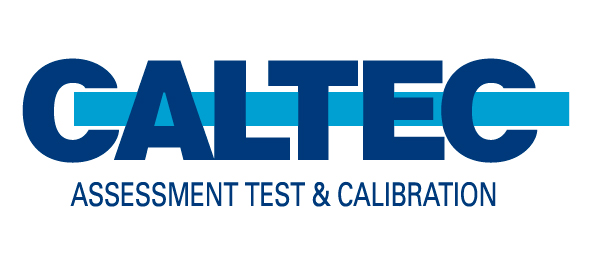In the UK, for the first time, wind power is set to become the single largest source of electricity as low-carbon renewables – wind, solar, and hydropower – overtake fossil fuels across a full year in 2024. This marks a significant step toward a greener energy future, with onshore wind playing a crucial role in providing clean, reliable power.
Onshore wind energy harnesses the natural movement of air to generate electricity. Wind turbines, typically installed in open, rural areas to avoid obstructions, convert wind into power through a simple process. As the wind pushes against the turbine blades, they begin to spin, transferring energy through a series of gears to drive a generator. The generator then transforms the kinetic energy into electricity, which is converted into alternating current (AC) by an inverter, making it suitable for use in homes and businesses. Finally, the electricity is transferred to the grid, ready to power households across the country.
In the UK’s onshore wind industry today, more than 2,600 operational onshore wind projects deliver over 15GW of capacity. As part of the wider wind energy sector, onshore and offshore wind farms recently set a new record, generating 22.5GW of electricity which equated to 68.3% of the UK’s total power at the time. With onshore wind being one of the most cost-effective and rapidly deployable renewable technologies, it remains a key driver in the UK’s journey toward energy security and sustainability.
Onshore wind offers several advantages that make it a crucial part of the renewable energy transition. Unlike fossil fuels, wind farms generate minimal emissions, helping to reduce the environmental impact of electricity production. The land beneath the turbines can still be used for farming, meaning they make efficient use of space. They are also one of the most cost-effective sources of renewable energy, with lower infrastructure and operational costs compared with offshore wind. This affordability helps to keep electricity bills down.
Additionally, onshore wind farms can be installed relatively quickly and are easier to maintain, making them a practical and scalable solution to meet growing energy demands. However, in order for windfarms to control and maintain the efficiency of the turbines, their sensors and switches must be calibrated on site. We currently support a number of windfarms in the UK with the calibration of their wind turbines.
With wind power leading the way, the UK is entering a new era of cleaner, more sustainable electricity.
